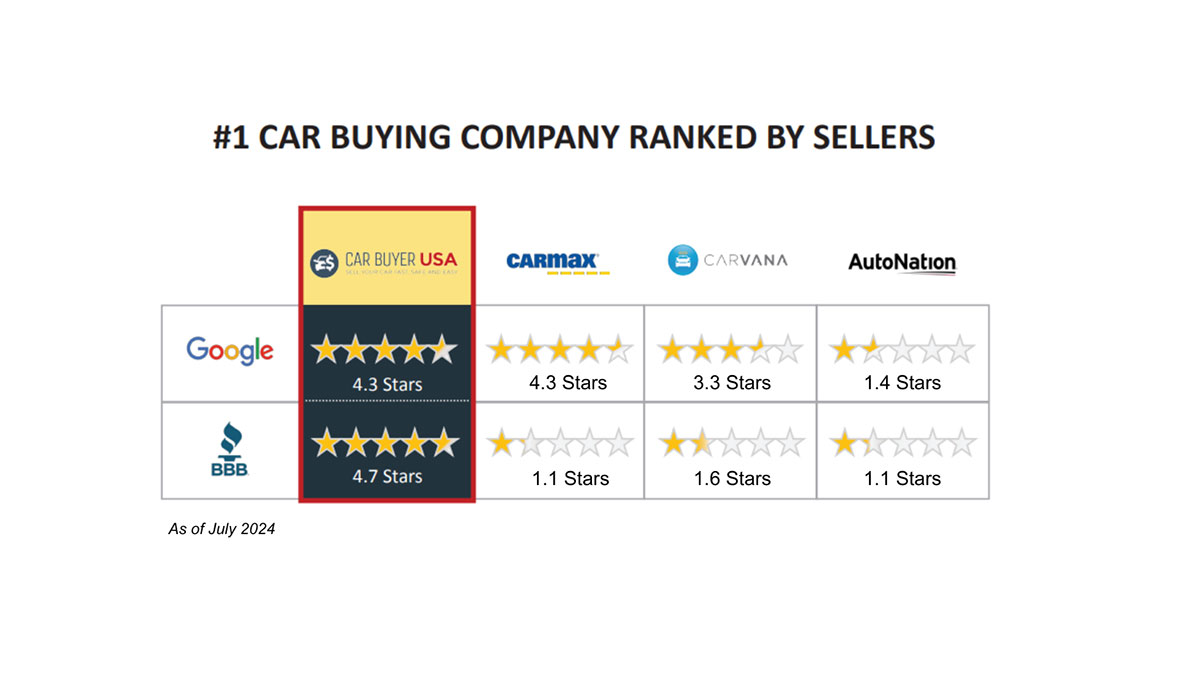
Not All They’re Cracked Up To Be
What used to be known as NADA (National Automobile Dealers Association) values has now become part of the J.D. Power brand. Since the rebranding in 2021, the pricing benchmarks many consumers and professionals have relied on for decades are still in place—just under a new name. While J.D. Power values offer a helpful starting point for estimating a vehicle's worth, they’re far from a one-size-fits-all solution.
These estimates are built on national data, which means they often miss the subtleties of local markets. Things like regional demand, local economic factors, and even climate can dramatically affect what a vehicle is really worth in your area. For example, a four-wheel-drive truck might command a premium in snowy or off-road regions, but may be less valued in cities with milder climates.
J.D. Power also bases its valuations largely on past sales data—pulled from auctions, dealerships, and transaction records. This gives them a broad sense of value trends, but it can create a lag between what’s on paper and what’s actually happening in today’s market. If a certain car suddenly becomes popular due to a viral video or a favorable review, the price people are willing to pay may rise faster than these values can keep up with. Another thing to consider is how condition plays into their numbers. These valuations typically assume the vehicle is in average shape. If you’ve got a car that’s been babied, customized, or upgraded with premium parts, the standard valuation might undersell it. On the flip side, vehicles with hidden issues or rough histories might be overvalued if those specifics aren’t factored in.
Because banks and dealerships use these values for trade-ins and loans, they hold a lot of weight in the automotive world. Dealers may even use the more conservative pricing to their advantage—offering less on trade-ins to boost their own margins. And since J.D. Power values lean heavily on dealer transactions, they’re often higher than what you’d expect in a private sale. That can be misleading for buyers or sellers who aren’t going through a dealership. The data gathering behind these valuations is complex and detailed, using a wide range of sources. But even with frequent updates, the system doesn’t always move fast enough to keep up with real-time changes in supply and demand. This can be especially noticeable with older or niche vehicles. For rare or vintage models, where fewer transactions exist to draw from, the estimates may be way off the mark.
Another shortfall is the grading system for vehicle condition. Categories like “Good” or “Fair” don’t always reflect the finer details, which can lead to confusion or disagreement about what a vehicle is actually worth. A car in excellent shape but with one quirky mod might not fit neatly into any box. In retrospect , J.D. Power values are a useful guideline, not the final word. Think of them as a general map, not a precise GPS. To get a clearer picture of your car’s true market value, it’s smart to check out multiple sources. Look at live listings, consult Kelley Blue Book, or talk to local dealers who understand the dynamics of your specific market. At the end of the day, a car is only worth what someone is willing to pay for it—right here, right now.


